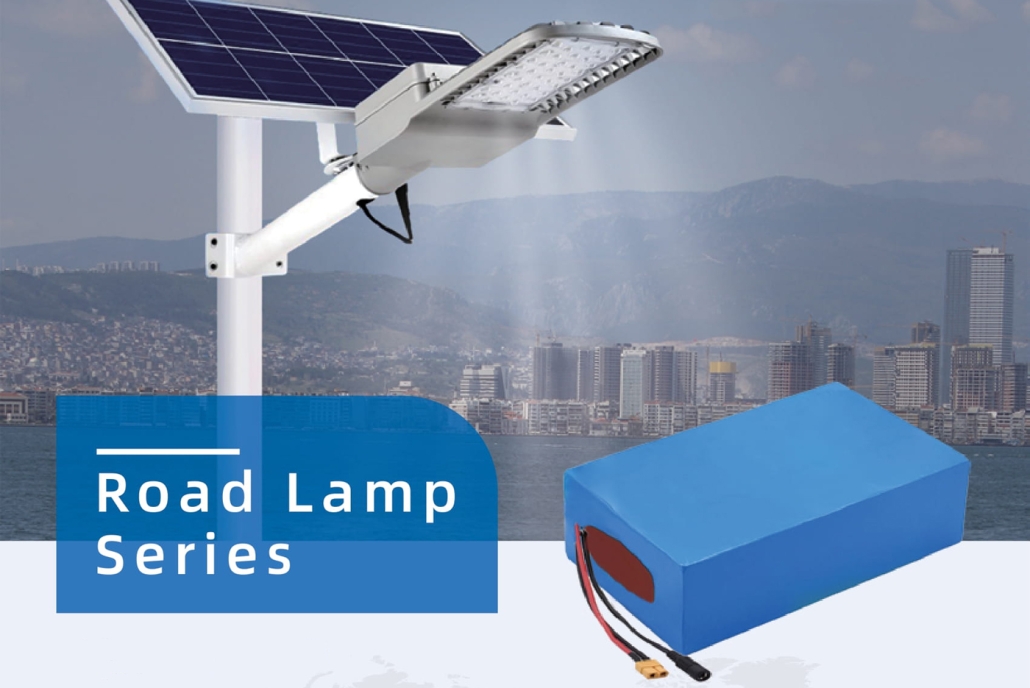As cities move toward sustainable infrastructure, solar street lights are emerging as crucial components of green urban landscapes. Solar street lights run on batteries that store energy from the sun, ensuring nighttime illumination while reducing the environmental impact. Understanding the aspects that impact the energy efficiency of these solar street lights batteries can greatly enhance their performance and lifespan. This guide explores five key factors that end-users should consider when evaluating and investing in efficient and eco-friendly lights batteries.
Table of contents
Charging Efficiency: Maximizing Daylight Hours
Discharging Efficiency: Reliable Power When It’s Needed Most
Low Self-Discharge Rate: Holding Power for Extended Periods
Temperature Adaptability: Performance in Extreme Conditions
High Cycle Life: Longer Lifespan and Lower Maintenance
Charging Efficiency: Maximizing Daylight Hours
The charging efficiency of a solar street lights battery is the cornerstone of its performance. Efficient batteries can capture and store a higher amount of solar energy within the limited hours of sunlight each day. This is particularly valuable in regions with shorter daylight hours or frequent cloud cover. Charging efficiency isn’t just about speed but about reducing energy wastage. Some energy is always lost in the conversion from solar power to stored electricity. Batteries that minimize this loss ensure that the energy harnessed by the solar panels is almost fully utilized, thereby optimizing the entire lighting system. This leads to cost savings and greater reliability, making charging efficiency an essential consideration when selecting solar street lights batteries.

Discharging Efficiency: Reliable Power When It’s Needed Most
The efficiency with which a battery discharges stored energy directly impacts how consistently a solar street light performs. High discharging efficiency is essential for maintaining reliable and even lighting, which is particularly important in areas where street lights enhance safety. Batteries with higher discharging efficiency deliver more energy per discharge cycle, meaning less power is lost as heat or other forms of energy dissipation. An efficient discharge rate allows the battery to supply steady energy to the lights over long periods. This is crucial for regions where continuous lighting is required throughout the night. Batteries that excel in discharging efficiency, ensure that solar street lights operate at peak brightness for extended durations, enhancing the quality of illumination provided by solar street lights.
Low Self-Discharge Rate: Holding Power for Extended Periods
A lower self-discharge rate is a vital attribute for solar street lights batteries, particularly in applications where lights need to remain powered for several days without recharge. Self-discharge is the process by which batteries lose energy over time even when not in use. Batteries with high self-discharge rates will gradually lose their stored energy, reducing the duration for which they can provide power to the lights. Lithium-based batteries are often chosen for solar street lighting because of their inherently low self-discharge rates. This feature becomes especially valuable during cloudy or rainy seasons, when the battery might not receive a full recharge every day. A lower self-discharge rate means the battery can retain most of its charge over several days, ensuring consistent lighting and minimizing the risk of sudden outages.
Temperature Adaptability: Performance in Extreme Conditions
Outdoor lighting systems are subject to a wide range of environmental conditions, from scorching summer heat to freezing winter temperatures. The ability of a solar street lights battery to maintain stable performance across temperature extremes is known as temperature adaptability. Batteries that can adapt to temperature fluctuations are less likely to experience rapid degradation, resulting in a longer operational life and fewer maintenance requirements. LiFePO₄ batteries are particularly popular in solar lighting due to their thermal stability. Unlike other battery types, LiFePO₄ can operate efficiently across a broad temperature range, from -20°C to 60°C. This adaptability makes them ideal for use in both hot climates and cold environments.
High Cycle Life: Longer Lifespan and Lower Maintenance
The cycle life of a battery refers to the number of complete charge-discharge cycles it can undergo before its capacity starts to diminish significantly. A longer cycle life translates to a more durable battery, meaning the lights battery won’t need frequent replacement, which can be costly and inconvenient. For solar street lights that need to operate reliably for years, a high cycle life is a critical feature that adds both economic and environmental value. Battery technology with high cycle life, has the added advantage of reducing waste. Fewer replacements mean lower resource consumption, aligning with eco-friendly goals and reducing the long-term environmental footprint of the lighting system.
In summary, maximizing the efficiency of a solar street lights battery hinges on understanding and optimizing key performance factors: charging efficiency, discharging efficiency, low self-discharge rate, temperature adaptability, and high cycle life. By investing in batteries that excel in these areas, users can ensure reliable, long-lasting, and environmentally friendly lighting solutions. For quality solar street lights batteries that prioritize energy efficiency and sustainability, explore the innovative offerings from Goldencell.


No comments:
Post a Comment